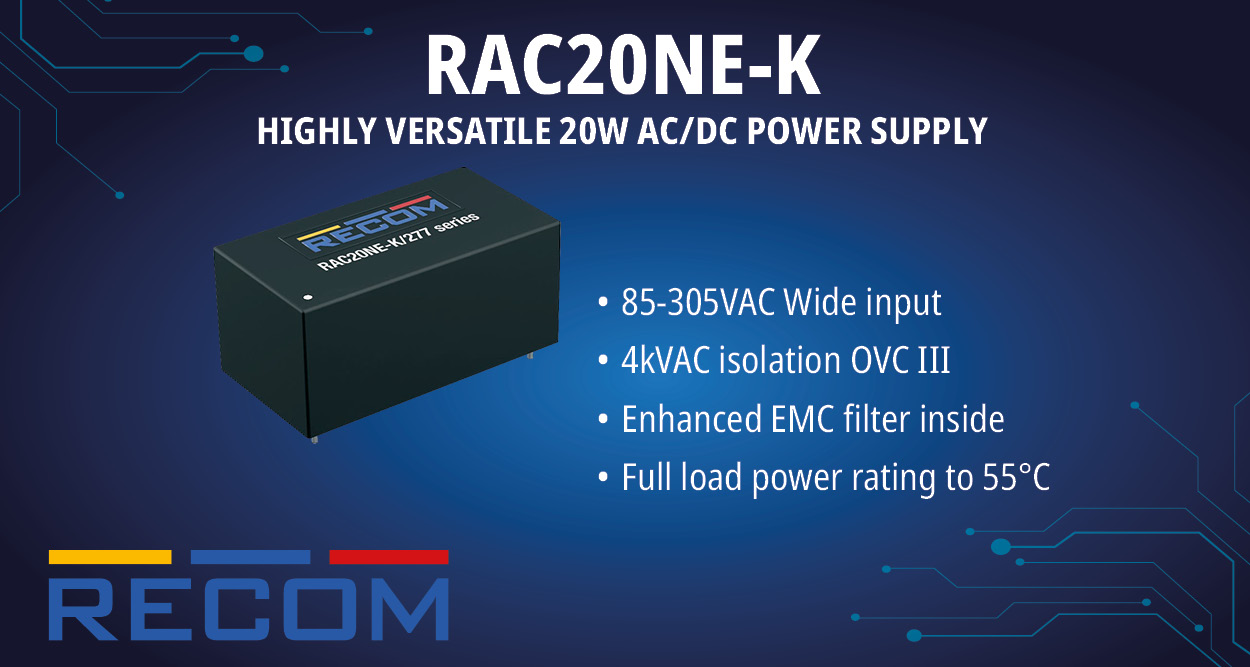The global AI in hardware market size was reached at USD 66.99 billion in 2024 and is projected to surpass around USD 307.33 billion by 2033 with a CAGR of 19.05% from 2024 to 2033.
The Artificial Intelligence (AI) in hardware market is undergoing rapid transformation due to the increasing integration of AI technologies across various industries. Companies are focusing on specialized hardware solutions such as GPUs, TPUs, and FPGAs, optimized to handle the computational demands of AI applications. These advancements are particularly noticeable in sectors like automotive, healthcare, and manufacturing, where AI is critical for innovations such as self-driving vehicles, predictive maintenance, and medical diagnostics. Leading companies like NVIDIA, Intel, and AMD are spearheading the development of next-generation AI hardware that supports faster data processing and more energy-efficient AI model deployment. Furthermore, the rise of edge computing is amplifying the demand for AI hardware that can perform data processing at the source with minimal latency.
Key Components of AI Hardware:
- Graphics Processing Units (GPUs): Widely used in training and inference tasks for deep learning models due to their high parallel processing capability.
- Tensor Processing Units (TPUs): Custom-built by Google to accelerate neural network processing.
- Field-Programmable Gate Arrays (FPGAs): Offer hardware customization to balance performance and flexibility for a variety of AI workloads.
Recent Developments:
- AMD’s MI300A (Dec 2023): AMD introduced the MI300A, which powers the world’s first 2 Exaflop supercomputers. It demonstrated superior performance in benchmarks, highlighting the continued trend of enhancing computational capabilities for AI applications.
- South Korean Investment (2024): South Korea announced a USD 6.94 billion investment in AI by 2027, aiming to maintain global leadership in AI and semiconductor technologies, including AI hardware innovations.
Market Insights & Key Trends
- Integration with Edge Computing: There is a growing trend toward embedding AI capabilities directly into edge devices. This reduces the latency associated with cloud-based processing and is essential for applications like autonomous vehicles, smart cities, and IoT devices.
- Specialized AI Accelerators: GPUs, TPUs, and custom ASICs are being developed to optimize AI workloads, enabling significant performance improvements over traditional CPUs.
- Neuromorphic Computing: This computing model mimics the human brain’s neural structure, providing more efficient processing power for complex AI tasks such as pattern recognition and sensory processing.
- Quantum Computing: Quantum processors are emerging as a revolutionary technology for AI, enabling faster data processing and complex calculations at unprecedented speeds.
- Energy-Efficient AI Hardware: As AI applications become more widespread, there is an increasing emphasis on energy-efficient AI hardware to reduce power consumption while maintaining high performance, especially in large-scale deployments.
- Diverse Industry Adoption: AI hardware is being adopted across healthcare, automotive, finance, retail, and more. Each industry utilizes AI for tasks like personalized medicine, autonomous driving, fraud detection, and customer insights, driving demand for specialized hardware.
Market Segmentation Analysis
By Type:
- Processor (55.95% Market Share, 2023): AI processors like GPUs, TPUs, and custom ASICs dominate the market due to their specialized design for AI tasks such as machine learning and deep learning.
- Memory (12.06% Market Share, 2023): The need for high-speed, high-capacity memory solutions like HBM and persistent memory is growing to support AI workloads.
- Network (20.42% Market Share, 2023): Advanced networking solutions, such as 5G and InfiniBand, are crucial for low-latency, high-bandwidth communication in AI applications.
- Storage (11.57% Market Share, 2023): The demand for high-capacity, fast-access storage solutions like NVMe SSDs is increasing to manage the large datasets processed by AI systems.
By Application:
- Training & Simulation: Powerful hardware like GPUs and TPUs are used to accelerate training processes for AI models.
- Driver Monitoring Systems: The automotive sector uses AI hardware for advanced driver assistance systems (ADAS) to enhance vehicle safety and autonomous driving.
- Surveillance & Security: AI hardware facilitates real-time data processing for threat detection and monitoring in security applications.
- Imaging & Diagnosis: AI hardware supports medical imaging technologies to enhance diagnostic accuracy and efficiency in healthcare.
- Robotic Surgery: Precision AI hardware enhances robotic surgery, improving control, precision, and outcomes.
By End User:
- IT & Telecommunication (21.45% Market Share, 2023): AI hardware optimizes network performance, predictive maintenance, and customer service automation in this sector.
- Banking & Finance (17.54% Market Share, 2023): AI hardware helps process high volumes of financial data for fraud detection, algorithmic trading, and risk management.
- Healthcare (12.57% Market Share, 2023): The healthcare sector leverages AI hardware for diagnostics, treatment planning, and patient care.
Regional Analysis
North America (37.82% Revenue Share, 2023):
North America is leading the AI hardware market due to its strong technological infrastructure and high R&D investments. The presence of key market players like NVIDIA and Intel and the increasing adoption of AI across industries like healthcare, automotive, and finance contribute to its dominance. The region’s advanced network infrastructure and early adoption of AI technologies further solidify its position.
- Market size will grow from USD 25.34 billion in 2024 to USD 116.23 billion by 2033 with a CAGR of 19.02%.
Asia Pacific (23.08% Revenue Share, 2023):
Asia Pacific is witnessing significant growth, driven by major investments from countries like China, Japan, and South Korea. The region’s manufacturing base and advancements in semiconductor technologies have contributed to its leadership in AI hardware development. Government initiatives and strategic partnerships also foster innovation in the region.
- Market size will grow from USD 15.46 billion in 2024 to USD 70.93 billion by 2033 with a CAGR of 19.36%.
Europe (18.80% Revenue Share, 2023):
Europe is focusing on ethical AI development and regulatory frameworks that support innovation in AI hardware. Countries like Germany, the UK, and France are prominent players, and sectors like automotive, manufacturing, and healthcare are increasingly adopting AI hardware to improve efficiency.
- Market size will grow from USD 19.99 billion in 2024 to USD 91.71 billion by 2033 with a CAGR of 19.15%.
LAMEA (Latin America, Middle East, and Africa) (10.99% Revenue Share, 2023):
The LAMEA region is growing as governments in countries like Brazil and the UAE invest in AI infrastructure. The demand for AI hardware is increasing in sectors like healthcare, agriculture, and finance, with growing digitalization efforts and strategic partnerships addressing infrastructure challenges.
- Market size will grow from USD 6.20 billion in 2024 to USD 28.46 billion by 2033 with a CAGR of 18.70%.
Deep dive insight@ https://www.cervicornconsulting.com/sample/2362
















